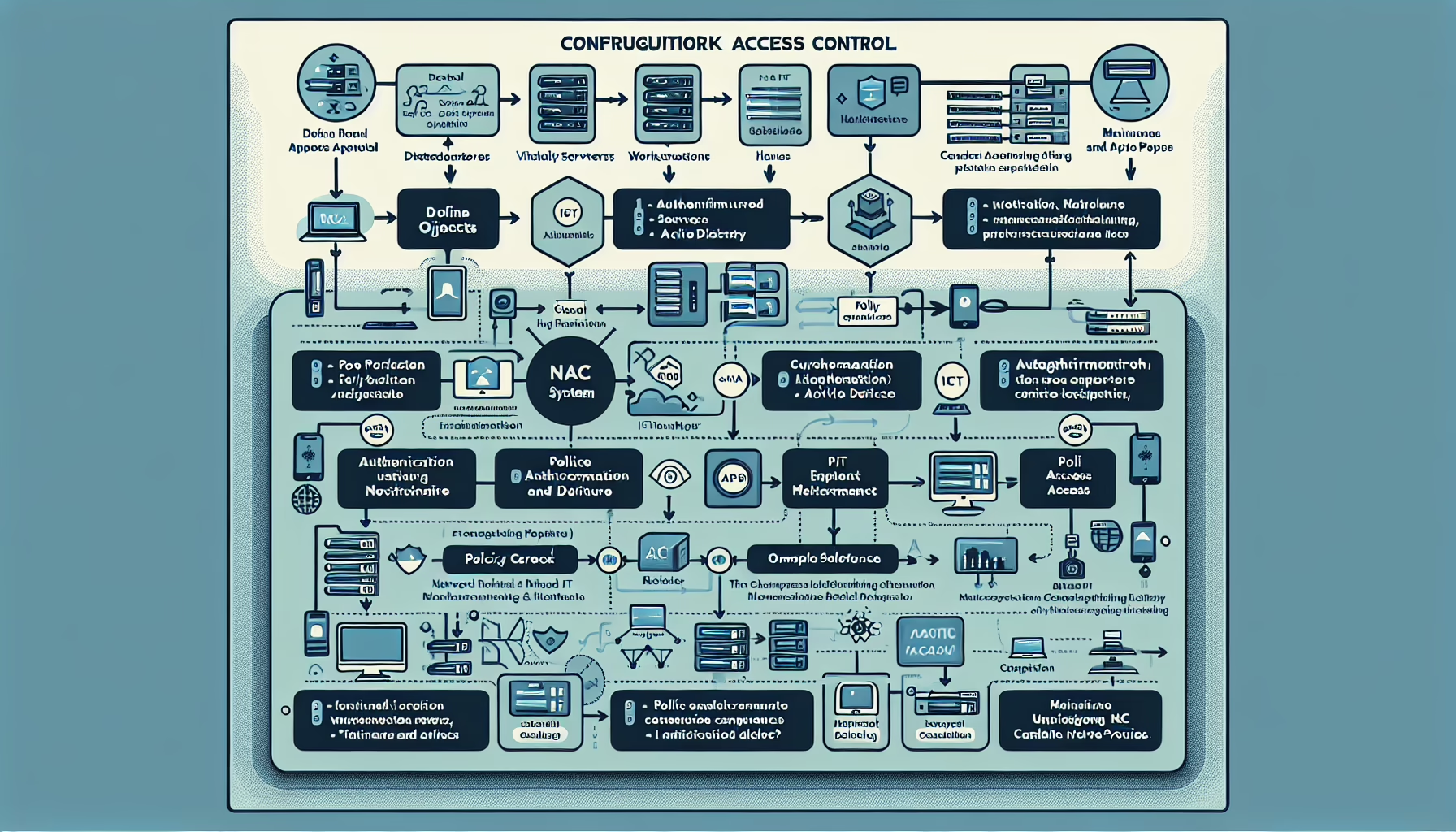How do I perform disaster recovery drills for backups?
Performing disaster recovery (DR) drills for backups is essential to ensure your organization is prepared to recover data and systems in the event of an actual disaster. As an IT manager responsible for the infrastructure, follow these steps to conduct effective DR drills: 1. Plan the Disaster Recovery Drill Define Objectives: Determine what you want […]
